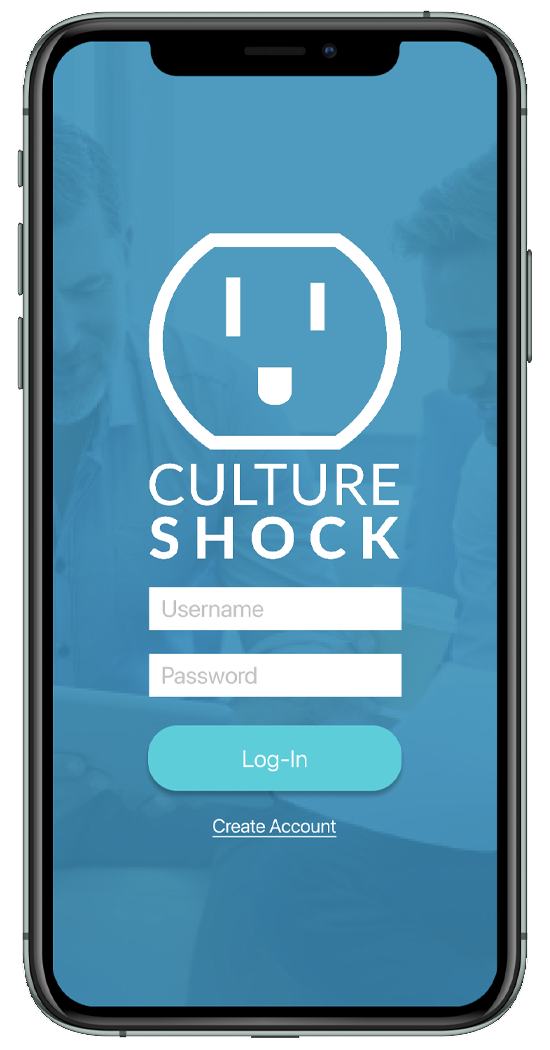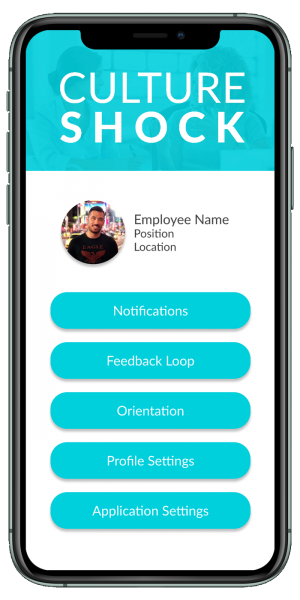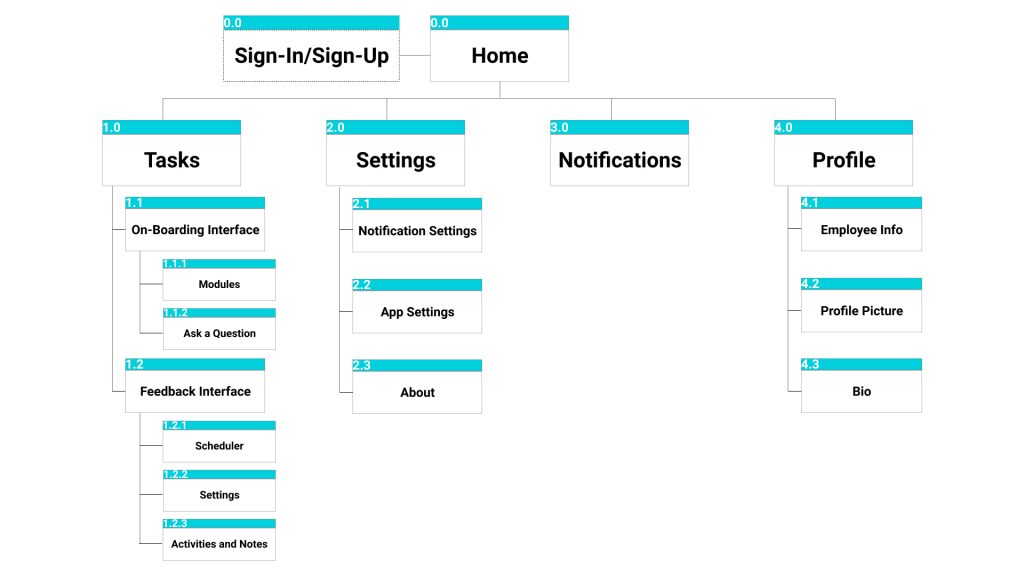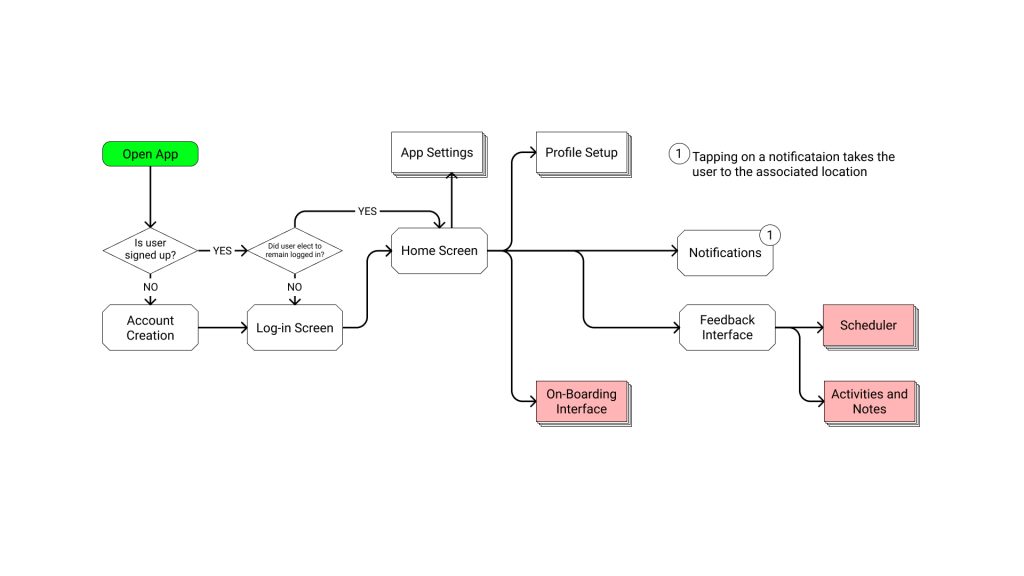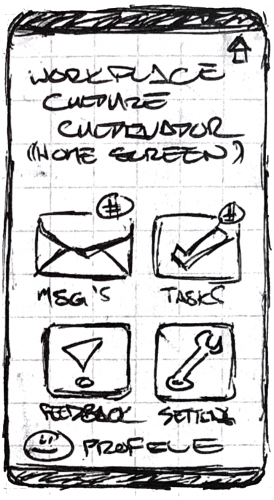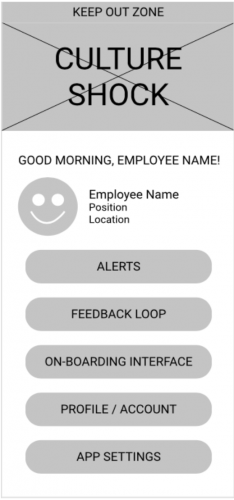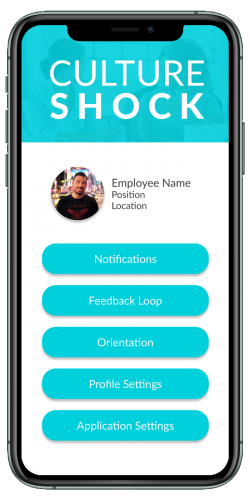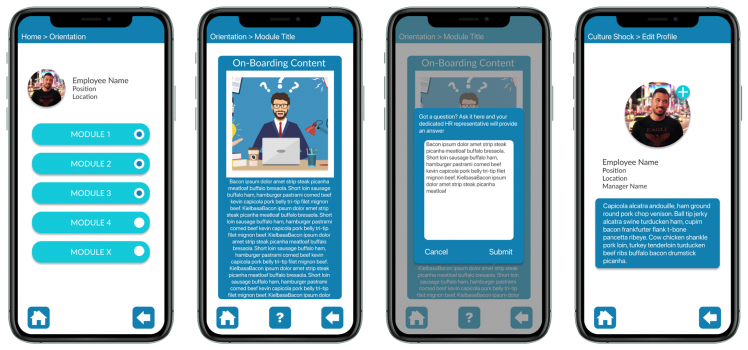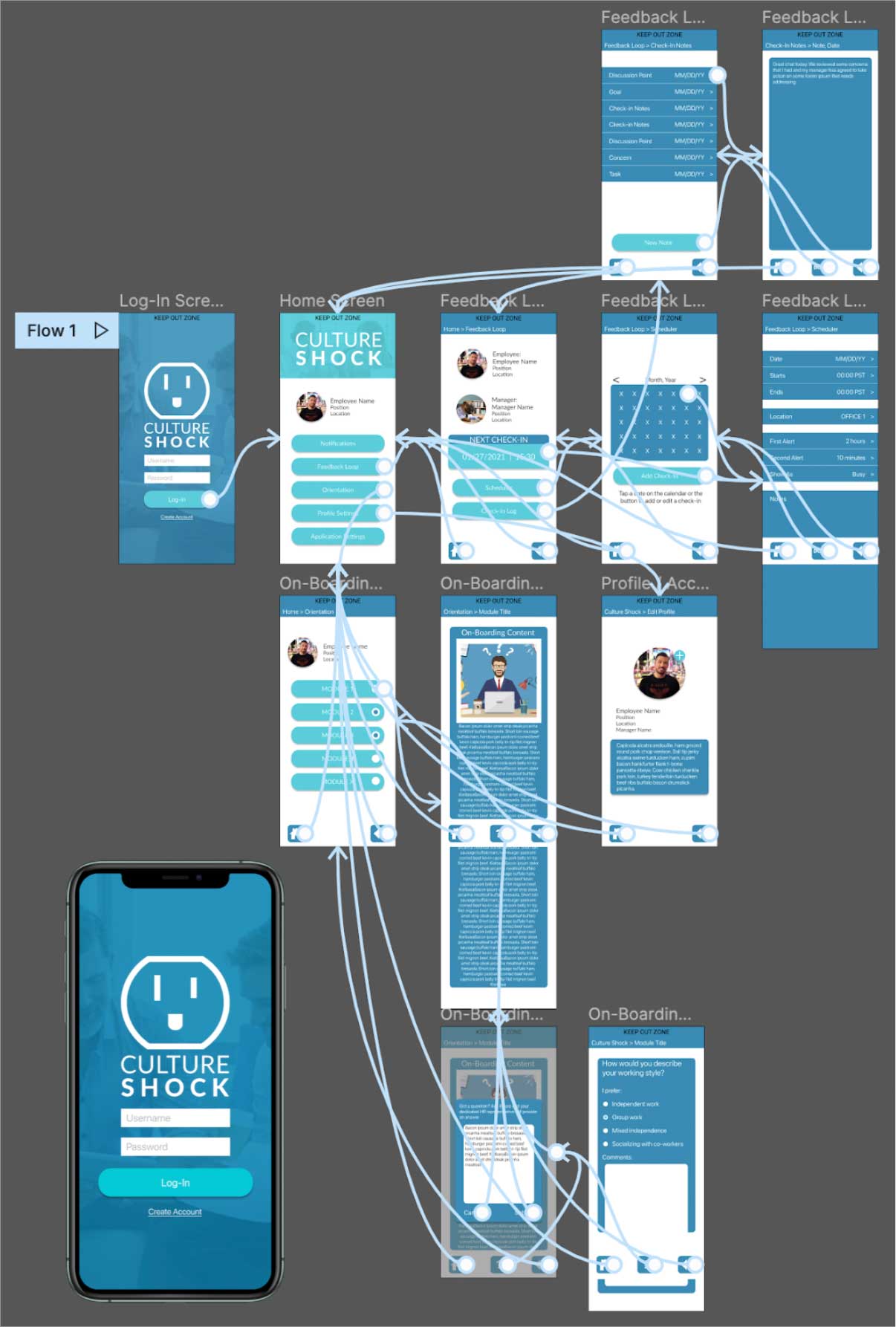What is Culture Shock?
The official problem statement read: “More and more people are feeling emotional exhaustion and loneliness at work. Workplace burnout affects people across professions, is pervasive up and down corporate hierarchies, and is increasing dramatically during the COVID-19 pandemic. How might we inspire experiences and expressions of gratitude and social support in the remote workplace?” Continue reading to see how it went.
The Creation of 'Culture Shock'
OVERVIEW:
Worked both independently and with a team of 4 to develop a solution that addressed loneliness and burnout in the workplace. The project started with a problem statement and went through the various phases of UX to reach a functioning, high-fidelity prototype.
ROLES:
Research, results analysis, archetype development, journey mapping, concept ideation, concept testing, wireframing, visual design, prototyping, user interface design
CONSTRAINTS:
• Limited number of interviewees and concept testing resources
• Remote collaboration with a team with varied work schedules
Research Methodology
– Age range: 25-55
– Non-specific gender
– Various career stages
– Various Positions
– Semi-structured, centered around workplace experiences, how they made the interviewee feel, and what they would find helpful
– Partially remote, partially in person
– Team evaluation of results and conclusions to be drawn
– Competitive analysis of current solutions
Persona Development

The Integrator

The Compartmentalist
The ‘Compartmentalist’ prefers to keep work separate from their personal lives and is more selective about their workplace relationships. They value strategic relationships and invest what they feel is needed to be independently successful
Initial Concept: 'Culture Shock'
SCENARIO:
It has been proven that organizations perform better when their leadership exhibits a transparent, open culture with their employees, managers regularly give and receive feedback, and managers can work with the unique personalities of their employees. Our research revealed these ideals to be important to the employees of both archetypes, regardless of their ranking, stage in their career, or tenure with a given employer.
INITIAL CONCEPT:
Culture Shock is a platform that provides new employees with an interactive on-boarding process that allows them to get to know who they are working with. As an employee moves beyond the on-boarding stage, Culture Shock evolves into a tool for sharing feedback between management and their employees, and a medium for employees to report issues, make suggestions, or share ideas.
The Prototype
• Navigation based on site map and user flow
[access this page on a desktop or laptop to check out the prototype!]
Results
FINDINGS:
- Seen as useful; it would be helpful for new employees and those that don’t often interact with their management.
- Would need to determine when the app gets implemented
- Navigation is intuitive
- Difficulty understanding mid-fidelity icons; resolved with final UI
WHAT I WOULD DO DIFFERENTLY OR IMPROVE UPON:
• More usability testing during the earlier stages of development
- Revisions would have been faster and easier if they were identified earlier
- Prototype errors are easier caught by those that are unfamiliar with the app
